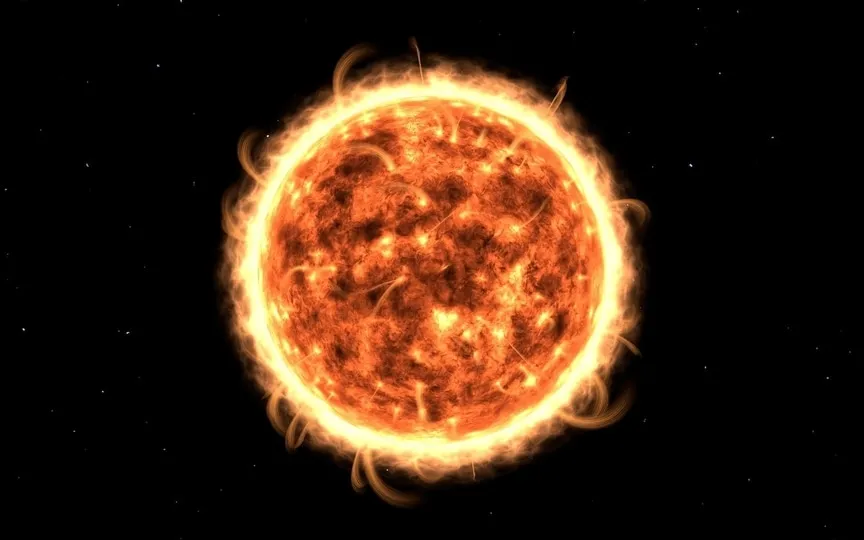G2 Geomagnetic Storm to Generate Spectacular Auroras on Earth Thanks to CME
Today, a geomagnetic storm is occurring as a result of the Sun’s recent increase in volatility. Over the past few months, the Sun has been emitting solar matter such as flares, CMEs, and other particles. This heightened activity is a result of the approaching peak of the Sun’s 11-year solar cycle, also known as the solar maximum. During this period, solar activity is at its highest, posing a potential threat to various planets, including Earth, as they become susceptible to solar storms and geomagnetic storms. As we approach the solar maximum, which is expected to occur in 2025, the frequency of these storms is likely to further increase. To monitor the Sun’s activity, NASA has deployed multiple instruments due to its unpredictable nature.
With their help, NASA and the National Oceanic and Atmospheric Administration (NOAA) have revealed that the CME is rapidly approaching the Earth and may soon hit the Earth, resulting in a powerful geomagnetic storm.
Danger of a geomagnetic storm
According to a report by spaceweather.com, forecasters from the National Oceanic and Atmospheric Administration (NOAA) and NASA, after carefully examining the data, have shed light on the CME, which was released by the discharge of a filament on the landward side. sun. Both models have predicted that this CME is rapidly approaching Earth, and is expected to hit the planet as soon as tomorrow, September 19th. The timing of the impact is still uncertain, with NOAA predicting an early impact while NASA says it will come. strike late in the day.
What is worrying here is the aftermath of the CME. According to the report, when a CME strikes, it can trigger a G1 or even stronger G2 geomagnetic storm on Earth. For the uninitiated, although Earth’s magnetosphere deflects most of the solar activity carried by the solar wind, some charged particles seep through. These energetic particles cause magnetic disturbances, which are classified as either geomagnetic storms or substorms.
The report states: “A huge magnetic filament erupted on September 16 (film) that threw a CME almost directly toward Earth. The collision could cause G1 (Minor) to G2 (Moderate) geomagnetic storms.”
A similar G2 geomagnetic storm hit Earth on September 12, sparking aurora borealis in US states such as Colorado and Missouri. Interestingly, another CME hit Earth on September 17th, again leaving the Northern Lights in its wake. This approaching CME could also cause Northern Lights in the US.




